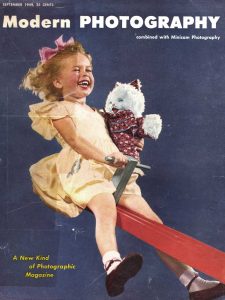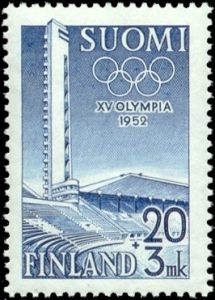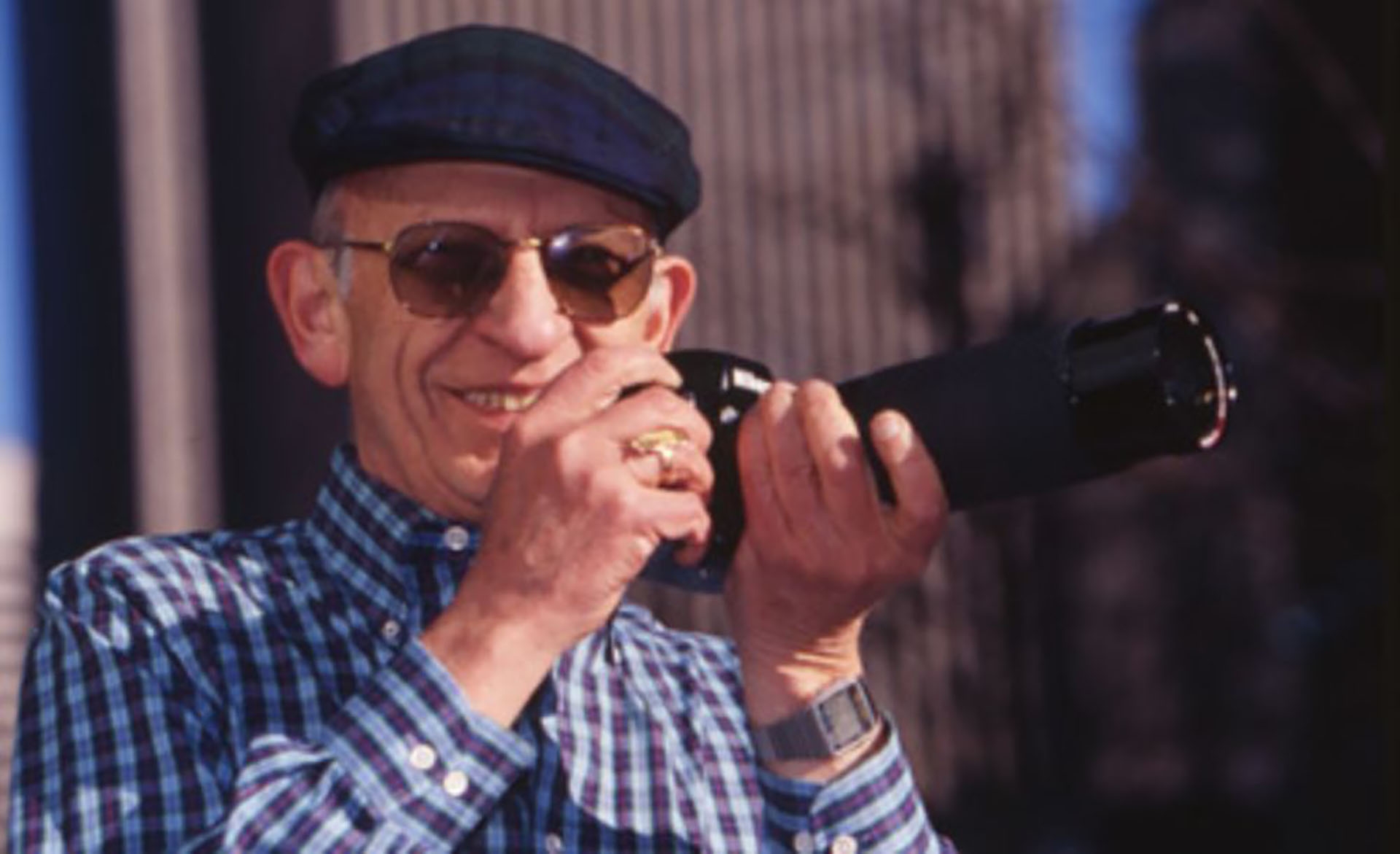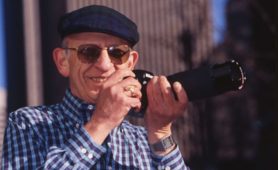I am proud to announce “Keppler’s Vault”, a new series of posts dedicated to articles published in the 1950s and 60s in Modern Photography magazine.
The name Keppler refers to none only than Herbert Keppler (April 21, 1925 – January 4, 2008), long time photographer, journalist, consultant, and editorial director at both Modern Photography and Popular Photography.

Mr. Keppler’s career at both magazines lasted a remarkable 57 years, 37 at Modern and 20 at Pop Photo. In that time, he wrote countless reviews, editorials, and articles covering almost every possible topic relating to film, cameras, and photography. His reviews signaled a change in how the industry tested and reviewed photographic equipment. He developed objective tests in a lab environment that were repeatable between many different models to give measurable proof of a certain model’s performance. Some of his lens resolution tests are still used to this day and Keppler’s book “124 Ways You Can Test Cameras Lenses and Photographic Equipment” is still considered a bible for camera testing. The book is in the United States public domain and can be read online for free.
In addition to his work at both magazines, Herbert Keppler authored several books, considered at the time to be authoritative works about various Japanese camera companies like Nikon, Pentax and others. He received many awards throughout his life for his contributions to the photographic world such as being inducted into the Photo Marketing Hall of Fame, a lifetime achievement award by the Photographic Manufacturers and Distributors Association, and in 2002 was awarded the Japanese Order of the Sacred Treasure from the Emperor of Japan for his contribution to the Japanese photographic industry.

The Keppler’s Vault series will focus on various articles published in Modern Photography magazine from it’s first issue in September 1949 to the mid 1960s. I think this time period was one of the most fascinating eras in photography as the number of new models, designs, and technology in the camera industry was vast and constantly changing. The original articles were painstakingly scanned in and published online by film enthusiast Marc Bergman and used with his permission. The goal of this series is not to plagiarize any of the original works, but to highlight an article that I find interesting and share it with you.
Throughout the 20th century, many magazines published a countless number of fascinating articles and informative reviews that have been forgotten and are no longer available. Some attempts have been made to archive important works of the 20th century, but they can’t all be saved unless someone takes the time to put them back online.
It is my goal to preserve the information in these forgotten articles and inform, educate, and on occasion, entertain you so that they do not remain forgotten. If you are like me and love the rich history behind the companies and models we use today, and are curious about what people were saying about those same companies and models over half a century ago, then hopefully you’ll enjoy this new series.
Shooting the 1952 Olympics
Today marks the start of the 2018 Winter Olympic Games in PyeongChang, South Korea. It is an international event that the world looks upon with a sense of unity and hope as athletes from over a hundred countries compete together in various events. This year’s Olympic games will occur in the midst of uncertain political turmoil as North Korea will participate after months and months of rhetoric and threats to use it’s new nuclear arsenal to destroy it’s enemies.
News agencies, photographers, bloggers, and regular people will attend the various events and will bring with them an arsenal of digital mirrorless, DSLR, and other types of modern cameras to photograph and live stream the Olympics across the world. Social media will receive a non-stop barrage of coverage in the form of Tweets, Facebook updates, and Instagram posts covering everything from gold metal ceremonies, to the mundane conditions of athletes living in the Olympic Village.

Sixty-Six years ago, both the Winter and Summer Olympics were held in Oslo, Norway and Helsinki, Finland respectively. Like in 2018, those Olympic Games were an international event that the world looked upon with a sense of unity and hope. The 1952 games were only the second Olympics held after the conclusion of World War II. The Summer Games in Helsinki was notable as being the first Olympics in which both the Soviet Union and the People’s Republic of China participated.
Like the 2018 Olympics which is located on the doorstep of North Korea, the Summer Games in Helsinki was on the doorstep of the communist Soviet Union causing some tense emotions prior and during the games. A flight from Helsinki to St. Petersburg was barely an hour away.

Also like today, in 1952, news agencies, photographers, and regular people (no bloggers though) attended the various events and brought with them an arsenal of still and motion picture cameras to record the games and publish them in newspapers and magazines and broadcast footage on television and on theater screens.
The technology used however, was quite different as everything was shot on film and needed to be developed. There was no wi-fi or Internet to instantly send images back home for instant access by people on the other side of the planet. There was a wide variety of cameras used back then, some of which might surprise you.

This article, published in the February 1953 issue of Modern Photography covers the photographers that shot the Summer Games in Helsinki. I expected there to be a number of Graflex press cameras, Leicas, and Rolleiflexes in attendance (and there were), but there were some models that might surprise you. One such model was the Bell & Howell Foton which was used by Mark Kauffman of Life magazine.
The Foton’s spring loaded design was capable of firing a burst of 12 exposures in 4 seconds making it useful for capturing fast motion images of athletes competing. The speed of the Foton was unachievable by any other still camera of it’s day.
I also found it interesting that an unnamed Soviet photographer brought with him their new “Kiev” rangefinder which was mistaken as a Contax by western photographers. I have no evidence of it, but this may have been the first time the world outside of the Soviet Union had laid eyes on the Kiev rangefinder. Although production of the earliest Kievs started in the late 1940s, these cameras were made in very low numbers. It was not until the early 1950s that both the Kiev II and III models went into large scale production and the secretive nature of the Soviet Union likely meant that news of any new model wouldn’t have traveled far.
The article below is a fascinating look at the gear and some of the stories of the photographers at the 1952 Summer Olympics including a glimpse into the selection process of who got to go, how television rights were negotiated, and even some of the hi-jinks played by the Soviet photographers. My only wish is that this article was longer as I would have liked to learn more (and see more cameras!)
All scans used with permission by Marc Bergman, 2018.



Wonderful! I once had DOZENS of old camera magazines. Long before PCs became a must-have in life. I have kept specific articles from some.